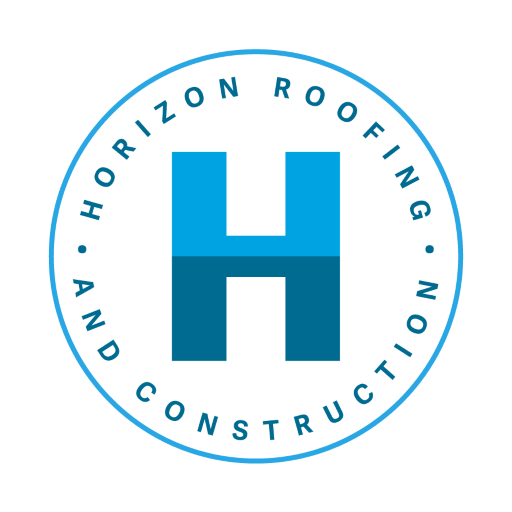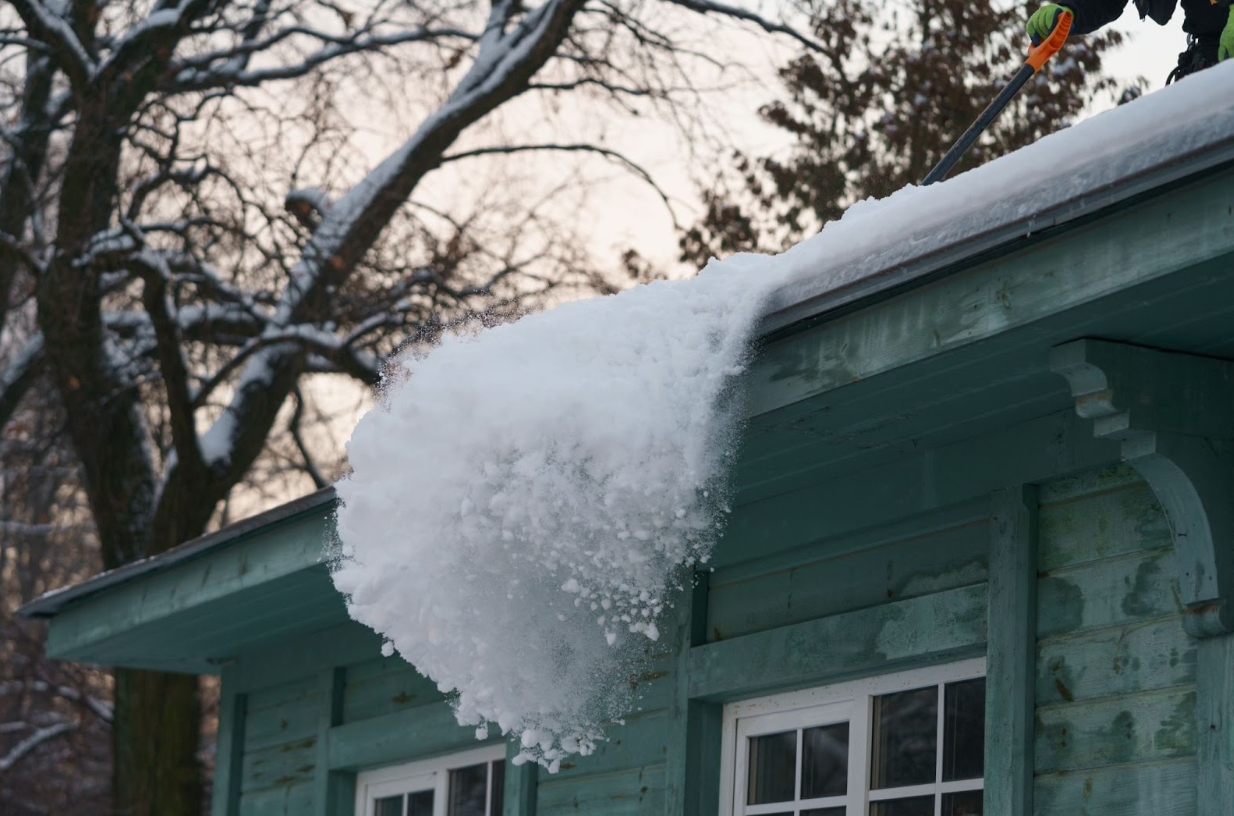Did you know that 11,500 emergency cases connected to snow shoveling arise in the U.S. each year? Some severe cases can even lead to death. Since a number of these accidents occur when removing snow from a roof, let’s consider 5 tips to remove snow from your roof safely:
1. Choose the Appropriate Tool
Snow rakes and shovels are the most commonly used snow removal tools. Snow rakes are used to remove snow from a flat or sloped roof. Whereas, a snow shovel should only be used to remove snow from a flat roof, not a pitched one.
Sloped roofs become slippery when snow falls, increasing the risk of a fall when a snow shovel is used. Even if you have a flat roof, only use a snow shovel as a last resort because you can’t be entirely sure whether the roof can handle your weight and that of the snow.
A snow rake is safer and simpler because it allows you to reach out and remove the snow without standing on the roof. Snow rakes come with extension poles that you can use to increase your reach and remove snow from the roof while standing on the ground.
2. Choose the Right Time
Avoid removing snow from the roof during stormy and windy weather. Stay indoors during intense cold weather conditions because attempting to remove snow during such a period is highly likely to end in an accident.
Remove snow from your roof when the weather is calm and less chilly. This precaution minimizes frostbite risk and the possibility of the wind knocking you off balance, causing you to lose your footing or fall off the ladder. Strong gusty winds could produce large bursts of snow in your direction, causing injuries.
3. Get Help
You face several risks when removing snow from your roof. The accumulated snow can dislodge unexpectedly, falling and engulfing you, or strong windows may catch you off-guard, knocking you down.
These hazards and more are why you need an extra pair of hands. They can help hold the ladder steady and come to your aide in case of an accident.
If your house has an overhead electric cable, solar panels, or a water heater installed on the roof, you should seek help from certified licensed electricians. Electrocution is a significant risk if you try removing snow from the roof using a metal rake.
4. Establish Safety Guidelines
Before removing snow from your roof, clear snow around your house to create room for falling snow. This also improves safety when using a ladder, as the exposed ground can more firmly support the ladder’s weight.
Additionally, ensure a visibly defined perimeter barring people coming close while you remove the snow from the roof.
Falling icicles are dangerous and can bruise or critically injure you. Therefore, steer clear of them as you perform snow removal from your roof. Further, be wary of ice dams that can form and build up within gutters, as these can snap and cause you injury.
5. Inspect the Roof Structure for Instability
Never climb a pitched roof to remove snow. If you must climb onto a flat roof to remove snow, take time to inspect its support structure. Whether the roof is flat or sloped, ensure there are no dips or signs of wear and weakness.
A weak or damaged roof could collapse due to the accumulated weight of the snow so it really is best not to allow the snow to pile up.
Conclusion
If you’re wondering whether or not your roof structure is durable enough to withstand winter, Horizon Roofing and Construction offers a free comprehensive roof evaluation. With over 25 years of experience, you can be assured of top-quality products and materials and a 10-year Contractors Workmanship Guarantee when it comes to safe roof maintenance all year round.

